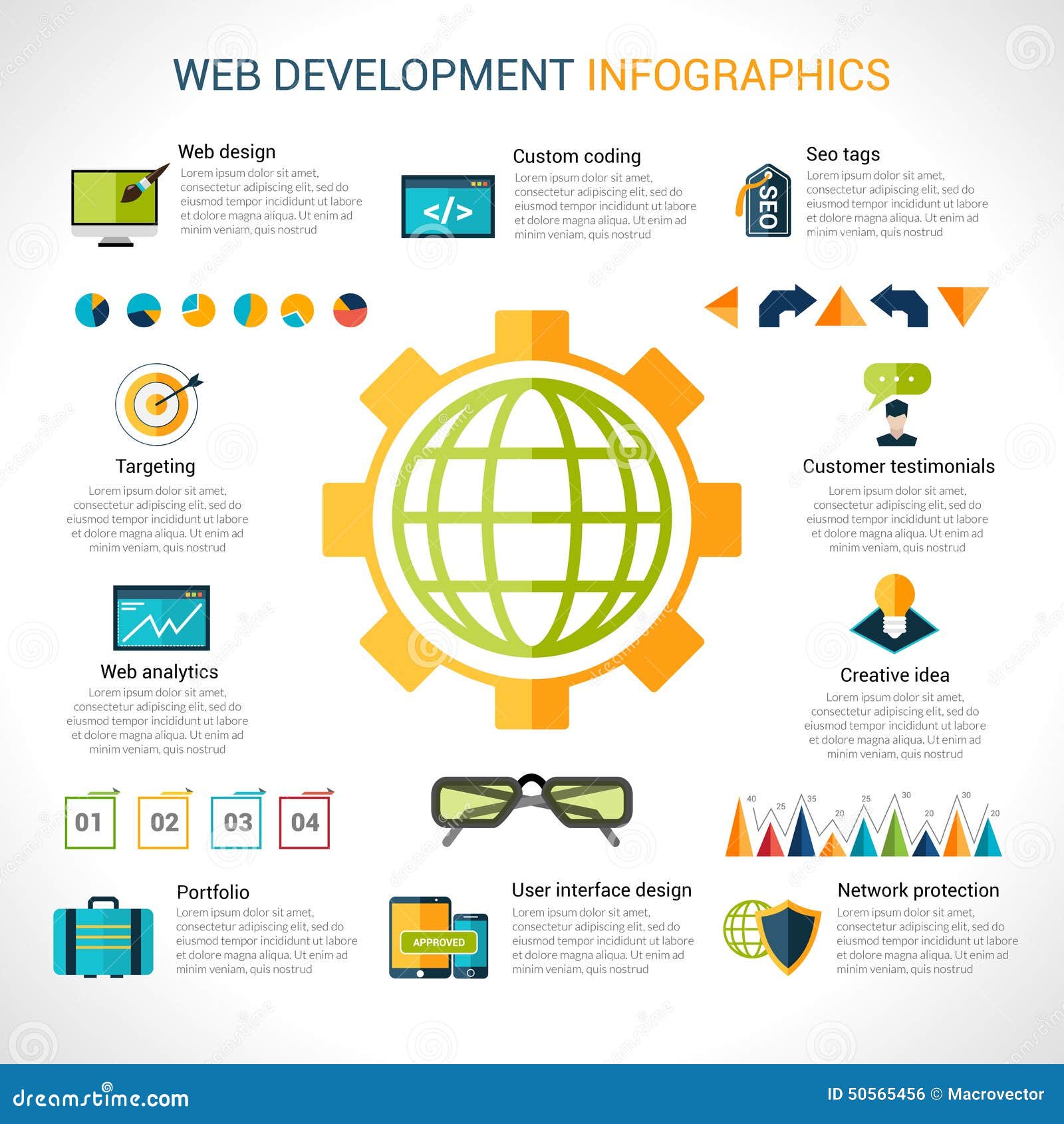Join Us As We Start A Journey With Time, Checking Out The Advancement Of Internet Site Design And Exactly How It Has Affected The Electronic Landscape
Join Us As We Start A Journey With Time, Checking Out The Advancement Of Internet Site Design And Exactly How It Has Affected The Electronic Landscape
Blog Article
Write-Up Written By-Asmussen Gibbons
In the past, internet sites were straightforward and concentrated on information. Navigating was straight, and layout was for desktops. Now, customer experience is vital. Information overviews styles for simple navigating. Receptive designs fit different devices. Today, dark mode decreases pressure, and minimal food selections enhance navigation. Interactive attributes engage individuals, and bold visuals stick out. AI assimilation improves involvement. See how style has actually developed to enhance your on the internet journey.
Early Days of Web Design
In the early days of website design, simpleness reigned supreme. Internet sites were basic, with minimal shades, typefaces, and designs. The focus was on offering details as opposed to showy visuals. Users accessed the web with sluggish dial-up connections, so rate and performance were essential.
Navigating food selections were straightforward, usually situated on top or side of the page. Web sites were designed for home computer, as mobile surfing had not been yet prevalent. Web content was king, and designers focused on very easy readability over intricate design elements.
HTML was the main coding language used, and developers had to work within its restrictions. Animations and interactive attributes were marginal contrasted to today's criteria. Web sites were fixed, with little dynamic material or individualized customer experiences.
Surge of User-Focused Style
With the advancement of web site style, a change towards user-focused design concepts has actually ended up being increasingly popular. seo your website , developing sites that focus on customer experience is essential for engaging visitors and attaining organization objectives. User-focused layout includes recognizing the requirements, preferences, and actions of your target market to customize the website's design, web content, and includes accordingly.
Designers now carry out detailed research, such as user studies and use screening, to gather understandings and comments straight from customers. This data-driven technique aids in developing intuitive navigation, clear calls-to-action, and visually attractive user interfaces that resonate with site visitors. By placing please click the next website at the center of the layout process, web sites can supply an extra tailored and satisfying experience.
Receptive design has actually additionally become an essential element of user-focused design, ensuring that sites are maximized for different devices and screen dimensions. This flexibility enhances ease of access and usability, satisfying the varied methods customers engage with web sites today. In essence, the surge of user-focused style indicates a shift in the direction of producing digital experiences that focus on the demands and expectations of the end user.
Modern Trends in Website Design
Explore the latest patterns shaping website design today. One prominent trend is dark mode style, using a smooth and modern appearance while reducing eye pressure in low-light settings. Another essential trend is minimal navigating, simplifying food selections and enhancing customer experience by focusing on essential elements. Including micro-interactions, such as animated buttons or scrolling impacts, can create an extra interesting and interactive website. Responsive style continues to be essential, guaranteeing seamless individual experiences throughout various tools. Additionally, making use of bold typography and unbalanced layouts can include visual rate of interest and draw attention to specific content.
Integrating AI innovation, like chatbots for consumer assistance or customized recommendations, boosts individual involvement and simplifies processes. Accessibility has likewise come to be a significant pattern, with developers focusing on inclusive design practices to cater to diverse customer requirements. Accepting sustainability by optimizing site efficiency for rate and effectiveness is one more arising pattern in web design. Teaming up with user responses and information analytics to repeat and improve design continuously is important for remaining pertinent in the ever-evolving digital landscape. By accepting these modern-day patterns, you can create an aesthetically enticing, user-friendly internet site that reverberates with your target market.
Conclusion
As you review the development of site layout from the early days to currently, you can see exactly how user-focused design has ended up being the driving force behind modern-day trends.
Welcome the trip of change and adjustment in web design, constantly keeping the user experience at the center.
Remain current with the current trends and technologies, and never ever quit developing your strategy to create aesthetically spectacular and easy to use websites.
Progress, adapt, and develop - the future of web design remains in your hands.
